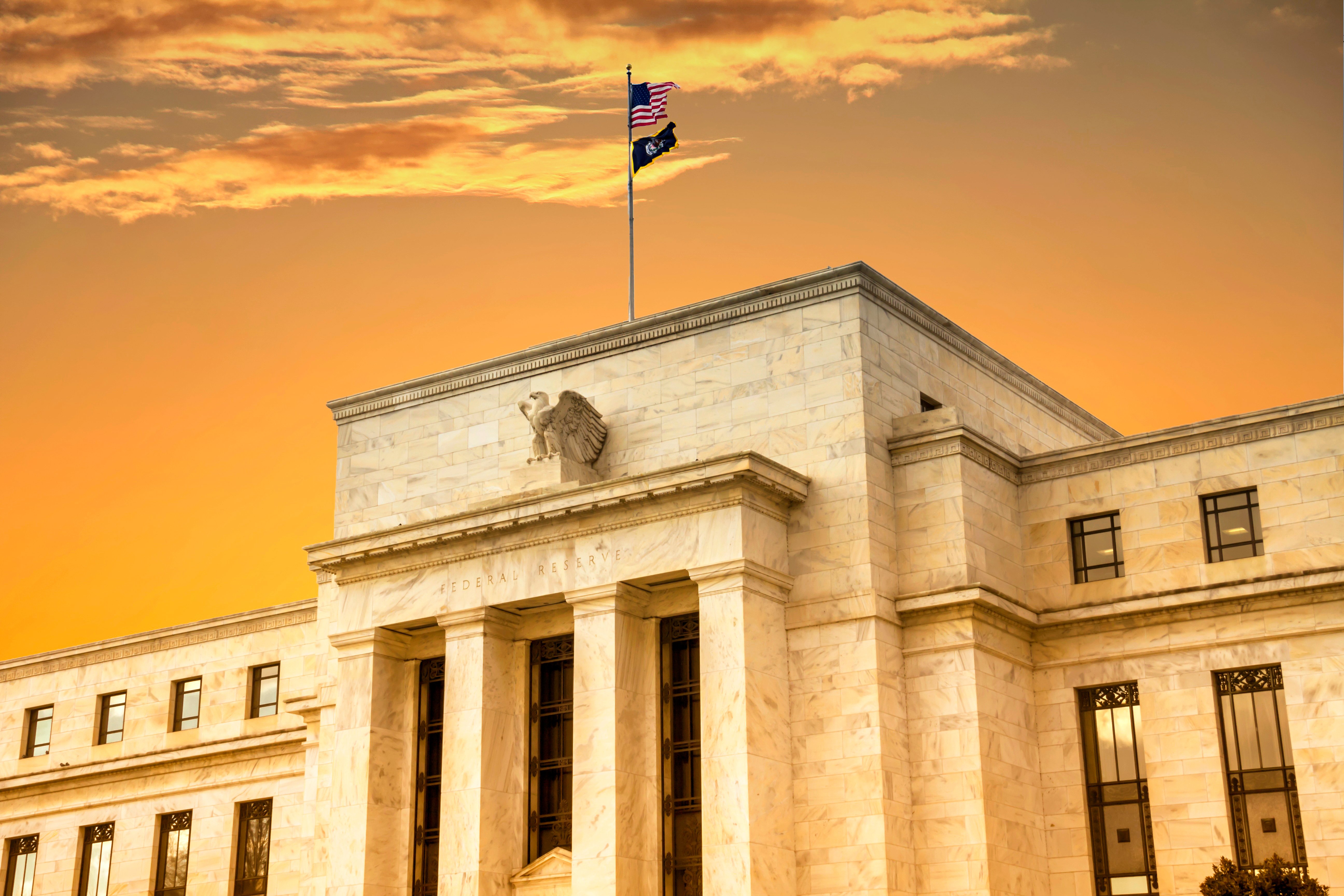5/30/25: Markets Rally on Tariff Delay and Confidence Rebounds
May 30, 2025 | Weekly Highlights

This week featured a variety of key data points measuring the health of the US economy along with some tariff-related headlines. The market responded positively after a 50% tariff on EU goods was delayed until July 9 and faced legal challenges. In the wake of the temporary reduction of tariffs on Chinese goods, consumer confidence rebounded to 98.0 as of mid-May, above the previous reading of 85.7 and the long-run average of 96. Survey participants’ overall economic outlook improved along with increases in plans to purchase appliances, cars, homes, travel, dining and entertainment.
Meanwhile, personal income rose 0.8% in April while personal spending slowed to 0.2% as consumers pulled back on purchases, causing the US savings rate to rise to 4.9% last month. The Fed’s preferred inflation gauge, personal consumption expenditures (PCE), was subdued in the month of April, increasing by only 0.1% month-over-month. Headline PCE decelerated to 2.1% and core PCE was up 2.5% versus the previous year but are still hovering above the Fed’s 2% target.
The second estimate of first quarter GDP improved slightly to -0.2% as businesses pulled forward investments in inventory and equipment. Second quarter GDP is expected to improve as import activity is anticipated to slow; Imports of goods in April plummeted by a record 20% due to tariffs. Durable goods declined -6.3% in April on a steep drop in aircraft orders and a pullback in business investment after a surge in the first quarter of the year. The Atlanta Fed GDP Now is calling for 3.8% growth in Q2, while the Bloomberg consensus estimate is projecting growth of 1.4% for both the second quarter and the full year 2025.
The Federal Open Market Committee (FOMC) minutes from their May meeting indicate that the Fed is willing to be patient with future rate cuts as the implications of US trade policies unfold later this year. The federal funds futures market is currently pricing in two 0.25% interest rate cuts in the latter half of 2025, which is consistent with Chandler’s view. The US Treasury yield curve steepened in the month of May, with the 2-year note trading at 3.91%, the 5-year at 3.97%, and the 10-year yield at 4.41% as of this writing.
Next week: S&P US Manufacturing Purchasing Managers Index (PMI), Institute for Supply Management (ISM) Manufacturing, JOLTS Job Openings, S&P US Services PMI, ISM Services Index, US Employment Report, Consumer Credit.
© 2025 Chandler Asset Management, Inc. An Independent Registered Investment Adviser. All rights reserved. Data source: Bloomberg, Federal Reserve, and the US Department of Labor. This report is provided for informational purposes only and should not be construed as specific investment or legal advice. The information contained herein was obtained from sources believed to be reliable as of the date of publication, but may become outdated or superseded at any time without notice. Any opinions or views expressed are based on current market conditions and are subject to change. This report may contain forecasts and forward-looking statements which are inherently limited and should not be relied upon as an indicator of future results. Past performance is not indicative of future results. This report is not intended to constitute an offer, solicitation, recommendation, or advice regarding any securities or investment strategy and should not be regarded by recipients as a substitute for the exercise of their own judgment. Fixed income investments are subject to interest rate, credit, and market risk. Interest rate risk: The value of fixed income investments will decline as interest rates rise. Credit risk: the possibility that the borrower may not be able to repay interest and principal. Low-rated bonds generally have to pay higher interest rates to attract investors willing to take on greater risk. Market risk: the bond market, in general, could decline due to economic conditions, especially during periods of rising interest rates.